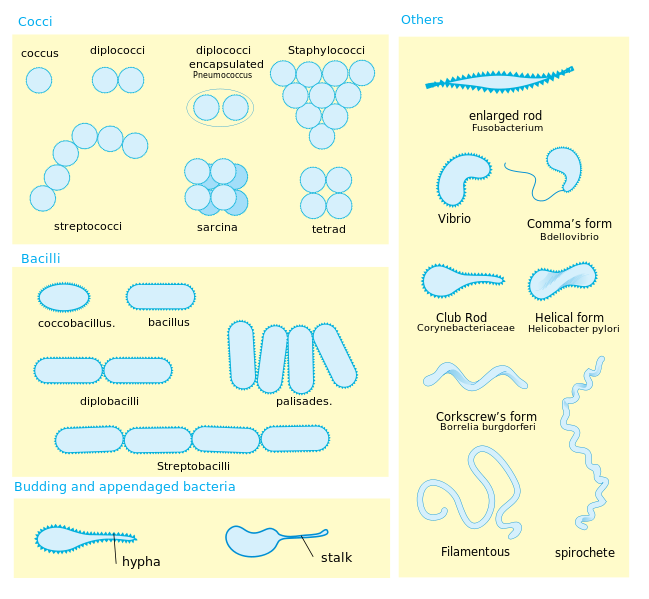The 11 Most Common Places for Germs, Part 1
Bacteria Dangerous to Children May Be Lurking where You Least Expect It
Copyright © Kelly Smith, all rights reserved; content may not be copied, rewritten, or republished without author’s written permission; Author’s Google profile; Posted December 19, 2012.

Kid’s behaviors are famous for inviting germs. They bite their nails, pick their cute little noses,and wipe their runny noses with their hands. To compound the problem, most don’t wash their hands as well or as often as they ought to.
But teaching the value of hand-washing is a prime parental duty. Washing regularly will guard against the cold, flu, and many other common illnesses.
But do you know where germs hide? You certainly can’t see them. Let’s go through the list of common places.
On the Toothbrush Holder
In a 2011 study, your toothbrush holder was selected as the third most germ-laden spot in the home. When you flush a commode that is close to your toothbrush holder is when the damage happens.
This action exposes it to a minute shower of contaminated water drops. To clean your holder, run it through the high-temperature cycle or wash on your dishwasher. Next, hit it with a disinfecting wipe.
Front and Backyards
You have probably heard that exposure to bacteria in the dirt around your home is good for children. The general theory is that it will boost their immune systems.
But you need to be cautious of a few hazards. For example don’t let your children play in your yard if animal droppings are present. Be sure your kid’s DTaP and Tdap booster vaccinations are up to date.
This way so any cuts or scrapes they might have (and don’t they always?) are protected from tetanus.
Petting Zoos
Petting zoos are fun and highly educational for kids. Some schools host exhibits where students can get close up and personal with animals so these are also productive places in which to learn.
But, they are also areas for bacteria to easily spread. Younger kids are especially high risk. Children should never take snacks, drinks, baby bottles, pacifiers, or toys into these areas.
Don’t forget to insist that they wash their hands with anti-bacterial soap after touching any animals.In Standing Water
What kid doesn’t delight in splashing around in a puddle after a rain? Yes, a pool of standing water is a seductive place to play.
This is true a duck pond, a pail of rainwater, or a puddle in a tire swing after a lazy afternoon storm. But beware, parents! It is also a fertile breeding ground for mold, mildew and bacteria.
And that’s not the long and short of it—insects like mosquitoes frequent these digs, and they can pass on West Nile virus and other diseases.
Fast Food Play Areas and Gyms
Those play area at McDonalds are no doubt a brilliant marketing, but what is the first thing your child does after climbing out of that big tub ’o balls or that crawly tube thingy?
That’t right; he or she digs into that Happy Meal before washing hands. Calories and cholestolrol are not the problem with this scenario!
Likewise, schools, along with their junior brethren day care centers, especially those that provide sports or playground facilities, are fertile areas for the spread of bacteria like MRSA (methicillin-resistant Staphylococcus aureus).
Staph bacteria will enter a child’s body easily via cuts without band-aids and via open wounds. The practice of sharing towels and playing contact sports like wrestling are other ways this bad actor will spread.
Around the Mall
When kids go malling, child predators aren’t the only thing to be concerned about. Of course it is to be expected that all kinds of germs await children at indoor malls.
This is especially true during cold and flu season. What might you expect the bad actor spots to be? If you guessed escalator rails, elevator buttons, video game controllers (such as at movie theaters and arcades), as well as ATMs, you would be correct!
These are all germ hideouts because unfortunately they are not cleaned as regularly as needed, which is to be expected with thousands of shopper jostling around. Washing hands can be beneficial of course, but scrub thoroughly—public restroom sinks and faucets carry lots of germs, too.
More Health and Wellness Articles
- Physical Activities and Sports Should be Encouraged in Growing Children
- The Facts on Performance Enhancing Supplements Marketed to Runners
- Maintaining an Eco-Friendly Oral Hygiene Routine
- 3 Herbal Teas for Immune System Support

